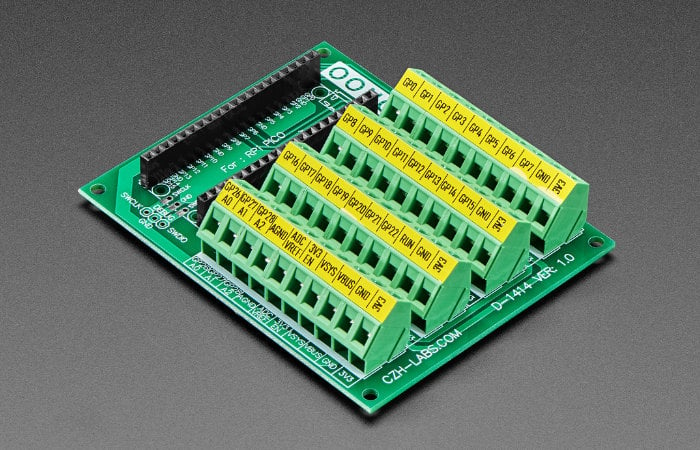The DIN rail is perhaps one of the most important components in an industrial control panel, and it has a long history dating back to the early days of electrical engineering.

The DIN rail, also known as the Deutsches Institut für Normung (German Institute for Standardization) rail, was first introduced in the 1920s as a standard for mounting electrical components. The aim was to provide a universal, easy-to-use system for securing different types of electrical devices, including terminal blocks, circuit breakers, and other controls.
Over the years, the DIN rail has become ubiquitous in industrial control panels, and for good reason. It provides a safe, reliable way to mount a variety of electrical components, while also providing a level of organization and efficiency that is essential in complex control panel designs.
One of the main benefits of the DIN rail is that it allows for flexible, modular designs that can be easily modified and expanded as needed. This is particularly important in the industrial setting, where control panels often need to be customized and adapted to meet specific requirements.
Another key advantage of the DIN rail is that it is a standardized system, which means that it is compatible with a wide range of different components from different manufacturers. This makes it easy to integrate new components, and to mix and match devices from different suppliers without having to worry about compatibility issues.
Perhaps most importantly, the DIN rail provides a safe, secure way to mount electrical components in harsh environments. This is critical in industrial settings where control panels may be subjected to extreme temperatures, humidity, vibration, and other harsh conditions. By providing a robust mounting platform, the DIN rail helps to ensure that electrical components remain securely in place, even under the most challenging conditions.
Today, the DIN rail remains an essential component in industrial control panels, and it is used in diverse applications across a wide range of industries, including the chemical, food and beverage, oil and gas, and manufacturing sectors, just to name a few.
As the demand for more advanced and sophisticated control panels continues to grow, the role of the DIN rail will only become more critical. Engineers and designers will continue to rely on this humble strip of metal to provide a safe, reliable, and efficient means of mounting and organizing electrical components in all manner of industrial settings.